
How to Use 5V Relay Module: Examples, Pinouts, and Specs
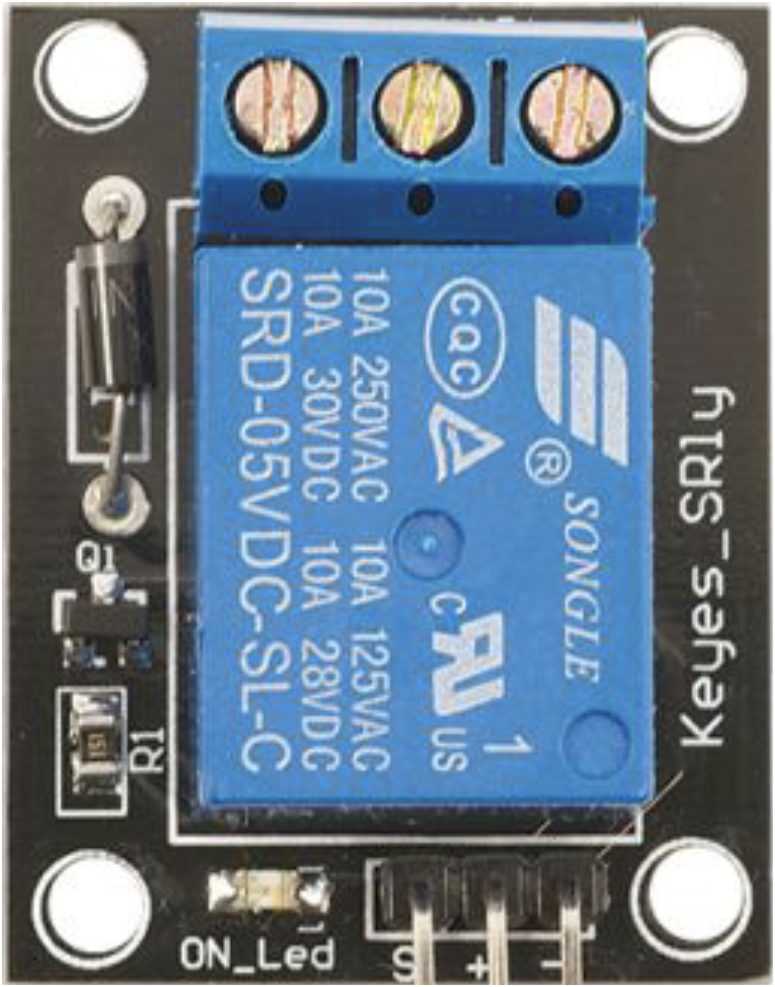
 Design with 5V Relay Module in Cirkit Designer
Design with 5V Relay Module in Cirkit DesignerIntroduction
The 5V Relay Module (SRD-05VDC-SL-C) is an electronic switch designed to control high-voltage circuits using a low-voltage control signal. It is widely used in applications where electrical isolation and high-power switching are required. The module integrates an electromechanical relay and supporting circuitry, making it easy to interface with microcontrollers like Arduino, Raspberry Pi, or other control systems.
Explore Projects Built with 5V Relay Module
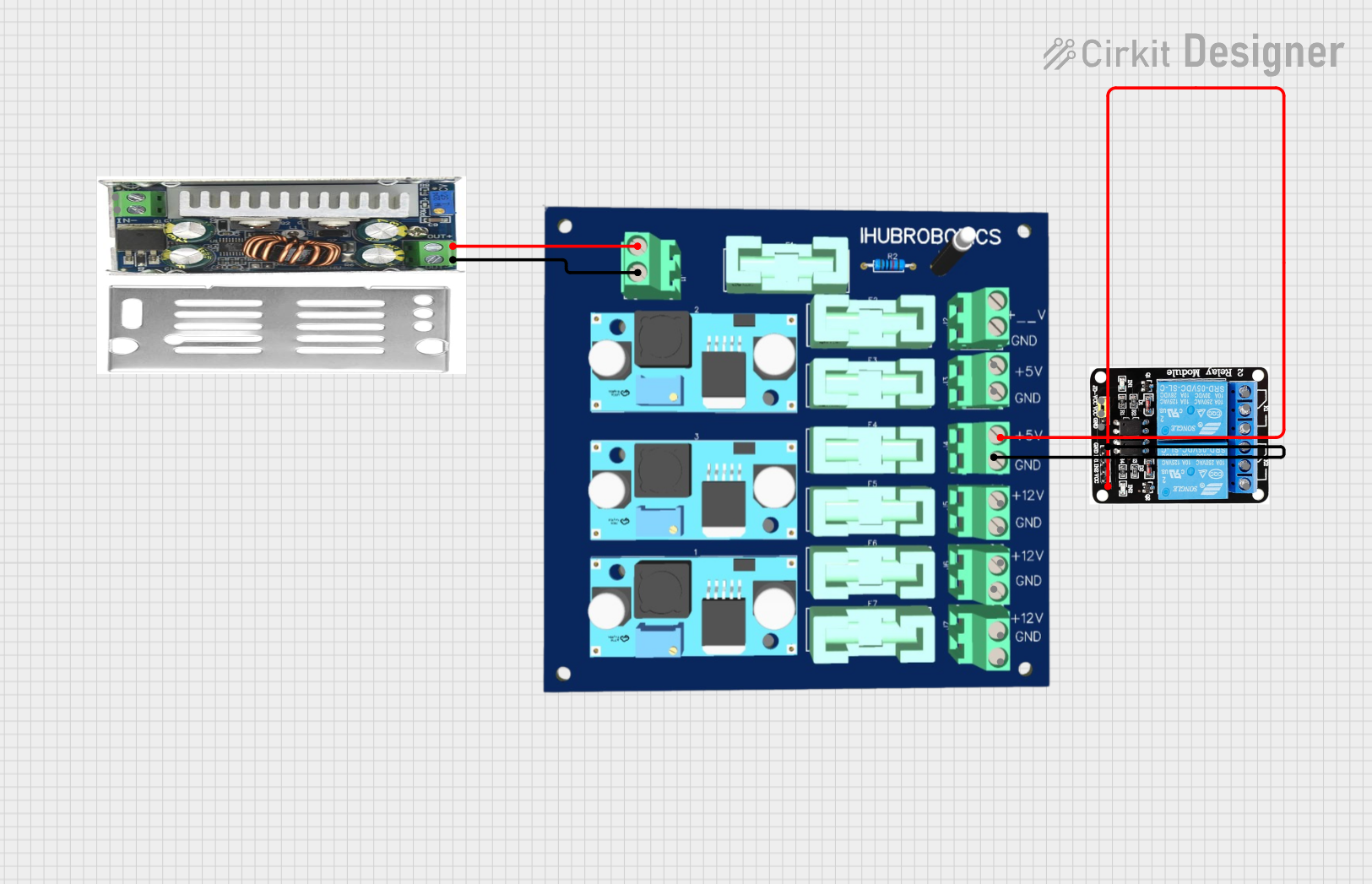
 Open Project in Cirkit Designer
Open Project in Cirkit Designer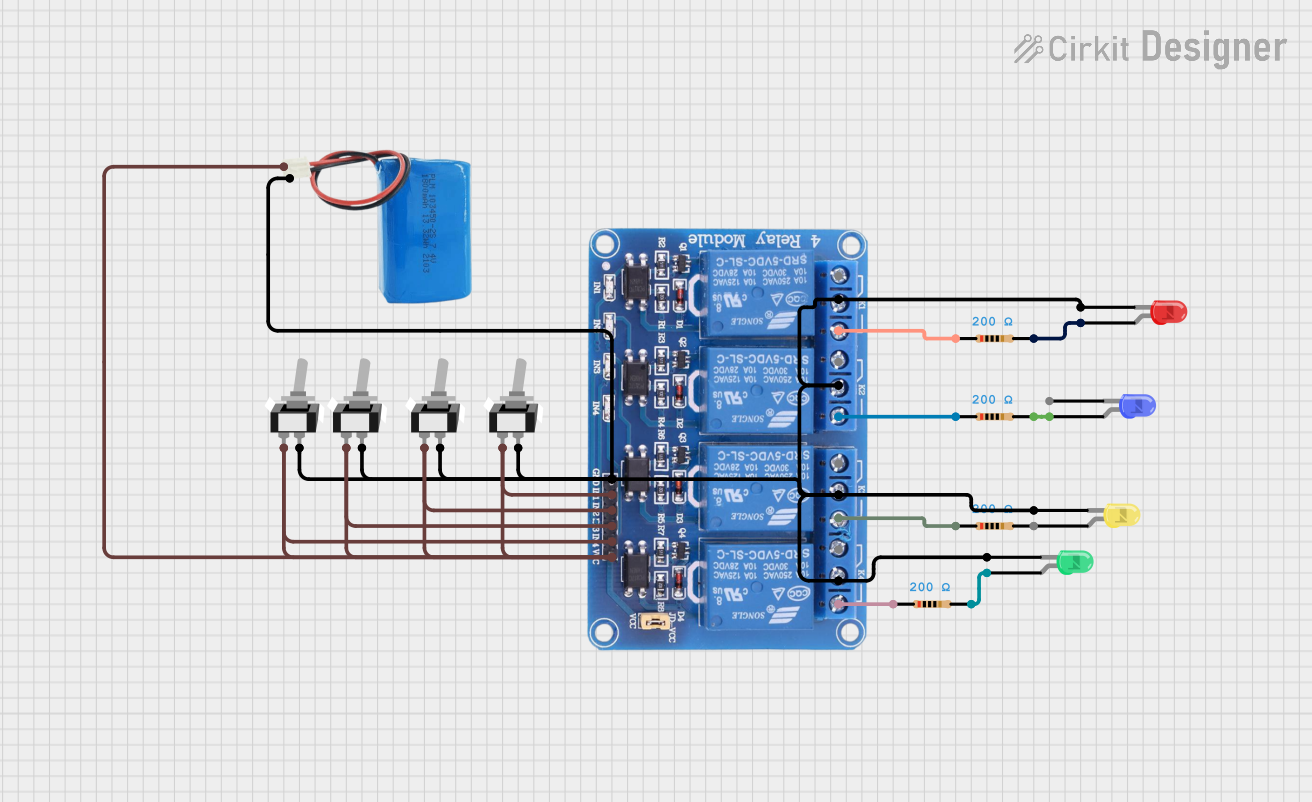
 Open Project in Cirkit Designer
Open Project in Cirkit Designer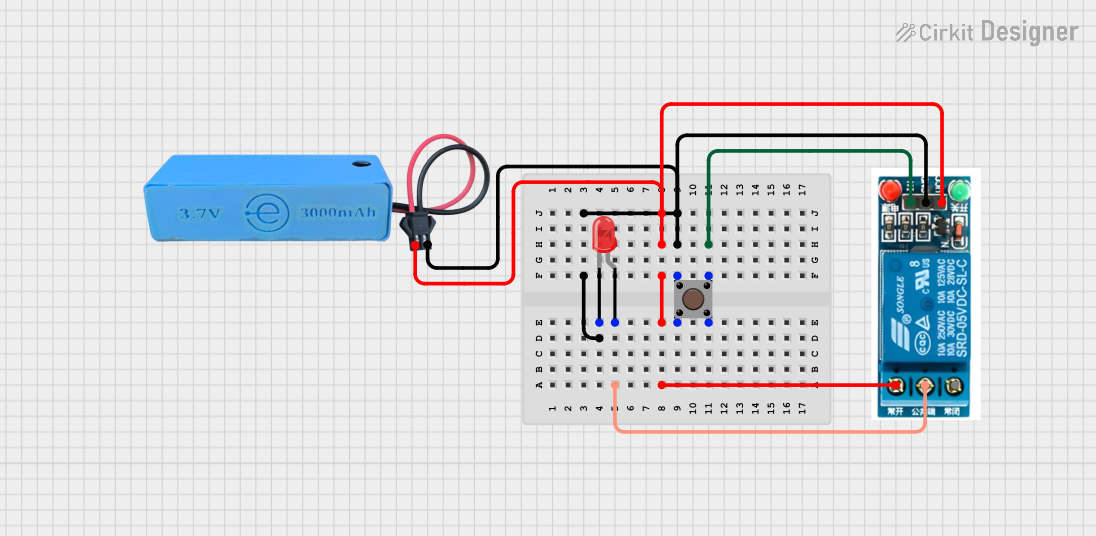
 Open Project in Cirkit Designer
Open Project in Cirkit Designer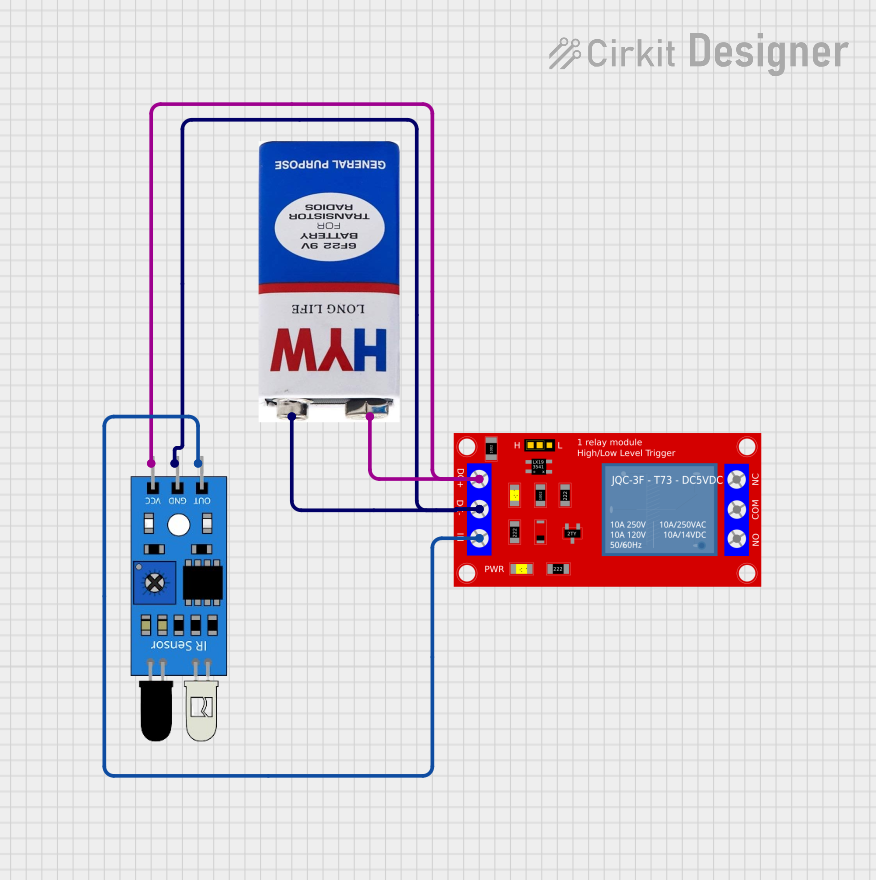
 Open Project in Cirkit Designer
Open Project in Cirkit DesignerExplore Projects Built with 5V Relay Module

 Open Project in Cirkit Designer
Open Project in Cirkit Designer
 Open Project in Cirkit Designer
Open Project in Cirkit Designer
 Open Project in Cirkit Designer
Open Project in Cirkit Designer
 Open Project in Cirkit Designer
Open Project in Cirkit DesignerCommon Applications and Use Cases
- Home automation (e.g., controlling lights, fans, or appliances)
- Industrial automation systems
- Motor control
- IoT projects
- Safety-critical systems requiring electrical isolation
Technical Specifications
Key Technical Details
| Parameter | Value |
|---|---|
| Manufacturer | SRD |
| Part ID | SRD-05VDC-SL-C |
| Operating Voltage | 5V DC |
| Trigger Voltage | 3.3V to 5V DC |
| Maximum Switching Voltage | 250V AC / 30V DC |
| Maximum Switching Current | 10A |
| Relay Type | SPDT (Single Pole Double Throw) |
| Isolation | Optocoupler-based isolation |
| Dimensions | ~50mm x 26mm x 18.5mm |
Pin Configuration and Descriptions
The 5V Relay Module typically has 6 pins or terminals, divided into two sections: control pins and load terminals.
Control Pins
| Pin Name | Description |
|---|---|
| VCC | Power supply input (5V DC) |
| GND | Ground connection |
| IN | Control signal input (3.3V to 5V logic level) |
Load Terminals
| Terminal Name | Description |
|---|---|
| COM | Common terminal for the load circuit |
| NO | Normally Open terminal (disconnected by default, connected when relay is activated) |
| NC | Normally Closed terminal (connected by default, disconnected when relay is activated) |
Usage Instructions
How to Use the Component in a Circuit
- Power the Module: Connect the VCC pin to a 5V DC power source and the GND pin to the ground of your circuit.
- Control Signal: Connect the IN pin to a digital output pin of your microcontroller (e.g., Arduino). The relay will activate when the control signal is HIGH (logic 1).
- Load Connection:
- Connect the load's power source to the COM terminal.
- For a normally open configuration, connect the load to the NO terminal. The load will be powered only when the relay is activated.
- For a normally closed configuration, connect the load to the NC terminal. The load will be powered by default and disconnected when the relay is activated.
Important Considerations and Best Practices
- Electrical Isolation: Ensure proper isolation between the control circuit and the high-voltage load to prevent damage or hazards.
- Flyback Diode: If you're switching an inductive load (e.g., a motor), use a flyback diode across the load to protect the relay from voltage spikes.
- Current Ratings: Do not exceed the relay's maximum current and voltage ratings to avoid damage.
- Power Supply: Use a stable 5V DC power source to ensure reliable operation.
- Microcontroller Compatibility: The module is compatible with 3.3V and 5V logic levels, making it suitable for most microcontrollers.
Example Code for Arduino UNO
// Example code to control a 5V Relay Module with an Arduino UNO
// The relay is connected to digital pin 7 on the Arduino
#define RELAY_PIN 7 // Define the pin connected to the relay module
void setup() {
pinMode(RELAY_PIN, OUTPUT); // Set the relay pin as an output
digitalWrite(RELAY_PIN, LOW); // Ensure the relay is off at startup
}
void loop() {
digitalWrite(RELAY_PIN, HIGH); // Turn the relay on
delay(1000); // Wait for 1 second
digitalWrite(RELAY_PIN, LOW); // Turn the relay off
delay(1000); // Wait for 1 second
}
Troubleshooting and FAQs
Common Issues and Solutions
Relay Not Activating:
- Cause: Insufficient control signal voltage.
- Solution: Ensure the IN pin receives a voltage between 3.3V and 5V. Check the microcontroller's output pin configuration.
Load Not Switching:
- Cause: Incorrect wiring of the load terminals.
- Solution: Verify the connections to the COM, NO, and NC terminals. Ensure the load is connected to the correct terminal based on the desired behavior (normally open or normally closed).
Relay Clicking but No Load Response:
- Cause: Load exceeds the relay's current or voltage rating.
- Solution: Check the load's specifications and ensure they are within the relay's limits.
Module Overheating:
- Cause: Prolonged operation near maximum current rating.
- Solution: Use a relay with a higher current rating or reduce the load.
FAQs
Q1: Can I use the 5V Relay Module with a 3.3V microcontroller like ESP8266?
A1: Yes, the module is compatible with 3.3V logic levels. However, ensure the VCC pin is powered with 5V.
Q2: Is the relay suitable for switching DC motors?
A2: Yes, but you should use a flyback diode across the motor terminals to protect the relay from voltage spikes.
Q3: Can I control multiple relays with one microcontroller?
A3: Yes, as long as the microcontroller has enough digital output pins and the total current draw does not exceed its limits.
Q4: What is the lifespan of the relay?
A4: The relay is rated for approximately 100,000 mechanical operations under normal conditions.